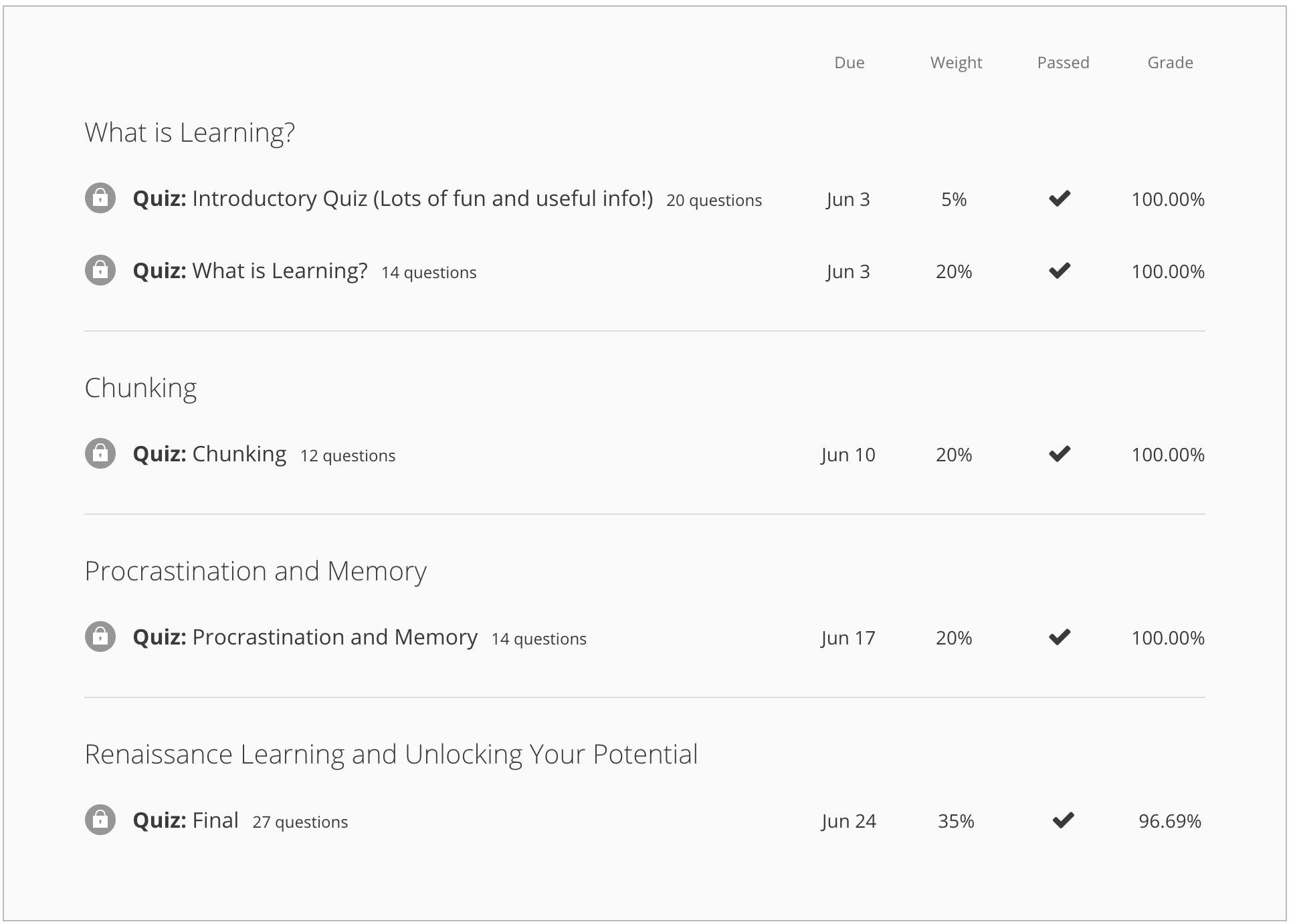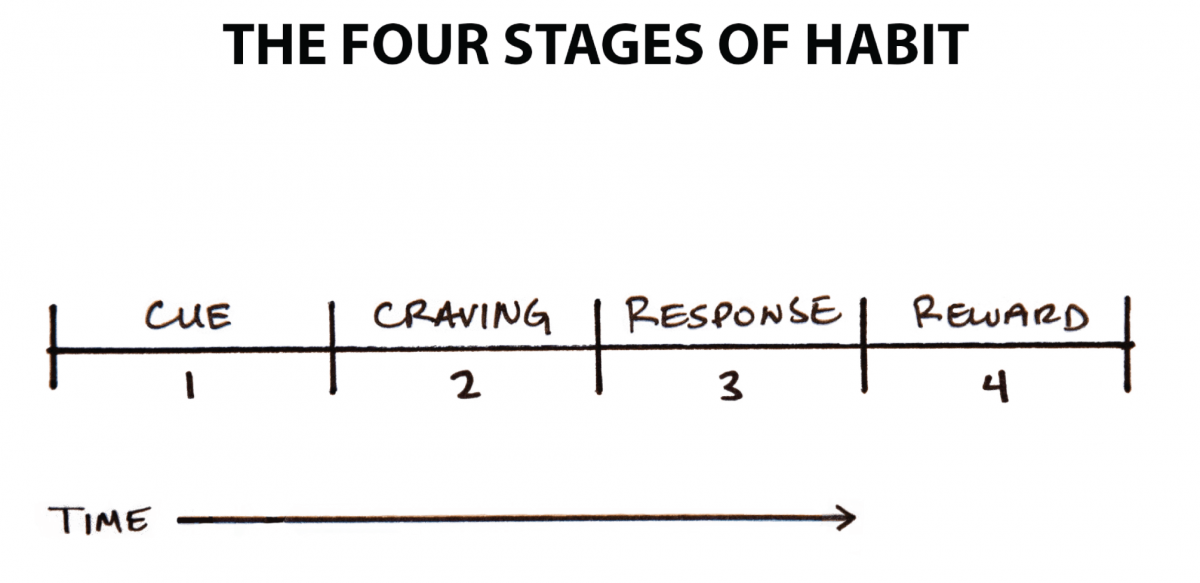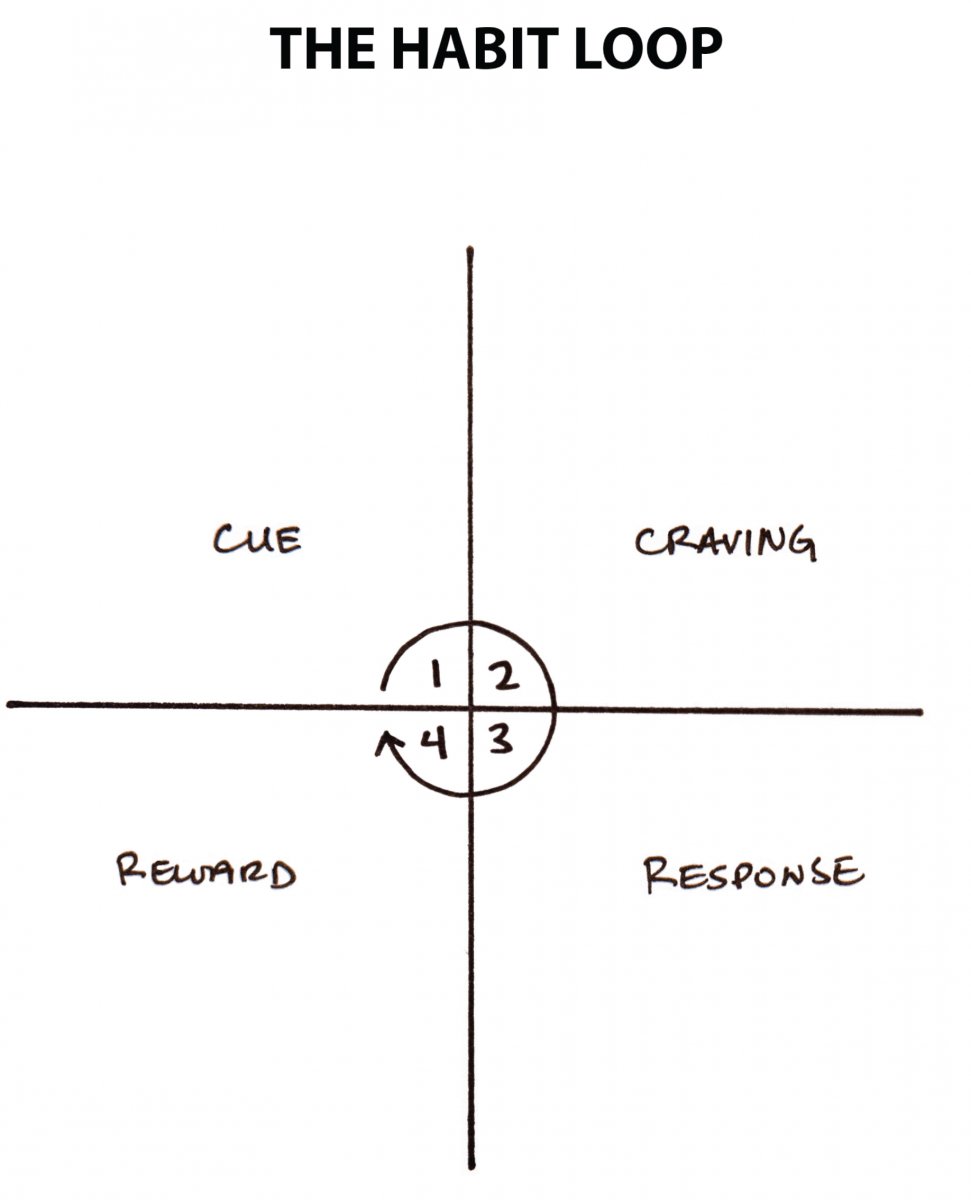Social media. The time wasting, addictive drugs that let us subliminally express our deepest narcissistic thoughts.
At least, that’s how I saw them. Maybe your situation is different.
Like any powerful tool, social media can be used for good, as well as bad — and in my particular case, it was bad.
Let me tell you this, social media is a whole different monster for a 17-year-old. Everyone my age is spending hours every day snapchatting, instagraming, facebooking — and whatever else.
If you’re not involved — you’re an outsider. You’re looked at as weird and stupid. A loser. You’ll struggle to get invited to events and people won’t want to be friends with you. Sad, but unfortunately that’s just the way things are.
Remember that one kid who was always chosen last to play games? That’s essentially how kids who don’t use social media are looked at.
I’m proud to admit that I am now “that kid”, who (happily) gets ignored because I’m no longer what would be considered “relevant”. Luckily, I was always too good for them anyway.
I’m no longer regularly putting up Instagram posts, rigorously working out how many likes per minute I’m getting… Nor am I deleting a photo if it didn’t get at least 150 likes.
In hindsight, the fact that I ever put so much effort and time into it all makes me sooo fucking mad and embarrassed.
Do you know how many books I could have read with all that wasted time instead?!
Let’s do the maths. I got a phone when I was 13. I’m 17.5 now. I can easily say I’ve spent around 3 hours on social media every day since then, therefore:
17.5–13= 4.5 x 365 = 1642 x 3 = 4927 hours wasted.
I don’t even want to get into what I could’ve accomplished in those 4927 hours. A ridiculous amount.
Nevertheless, getting worked up over things like this is pointless. There is a Chinese proverb that goes —
“The best time to plant a tree was 20 years ago. The second best time is now.”
I think it’s relevant. It’s never too late to start over.
Deleting these ever-so-crucial apps off my phone was far from easy. I figured the best way to do it would be cold turkey. So, just over 3 months ago, I did it — and I haven’t looked back since.
Here are 7 things I’ve noticed so far.
- I regularly feel like I did when I was a child — a feeling of overwhelming creativity and not caring what people think. I don’t necessarily know how to explain this feeling, but it’s something I have missed a lot. When I was regularly using social media I would always be paranoid about what people thought of me — should I speak my mind, or say what’s right just to fit in? I’m glad I have now figured out the answer to that question. Life now feels a blank canvas, and I am Pablo Picasso about to paint a masterpiece.
- I have an abundance of free time on my hands. I used to always be struggling to find the time to do what I needed to do. My phone would distract me and use up my free time. I would be late for work and quite often decide that I didn’t have time for the gym. Now I am incredibly productive and always manage to get everything done, (just to put things in perspective, I finished High School at 16 so that’s why I’m currently working at 17).
- I’ve stopped feeling inferior to others. We’re all constantly comparing our ‘behind the scenes’ to others perfectly curated image of themselves. I remember scrolling through Facebook thinking, “ah I wish I could have that”, “he’s so lucky”, and other ridiculous thoughts like that. I don’t think like that anymore. There is not a single person I would rather be on this planet, than myself. I love myself and I am absurdly excited about my future.
- I’m happy, extremely motivated and in the best shape I have ever been in. I was none of those while I was constantly using social media. I was depressed, lazy and in mediocre shape. In three months I have lost almost a fifth of my body weight and I now go to the gym every day. As far as happiness goes, doing and creating makes me happy — so obviously since I’ve been doing those more, my happiness has increased dramatically.
- Sounds cliché, but you figure out who your “real friends” are. Easy to be friends with someone when it’s convenient, isn’t it? I have lost 80 percent of my friends since deleting my social media. These people ignore my texts because I am not ‘relevant’ anymore. It’s been nice to get rid of those people. I only want to be friends with people who I feel are more progressed than me — who I can learn from and look up to. None of my old friends fit into that category. Most of you are probably in the same boat.
- I have started appreciating the smaller things. I don’t know if it’s because I have slowed down and been able to look at things from a different perspective, but I have become a lot more appreciative of what people do for me. I have quite possibly the best Mother in the whole world, and I never appreciated her as much as she truly deserved to be. Do you know how lucky we are to be able to wake up in a bed, with instant drinkable water and a roof over our heads? Incredibly. Appreciate the little things.
- More in touch with the real world. It’s safe to say while I was addicted to social media, I was disconnected from the real world. Not only was I spending most of my spare time on it, but when I was engaging in real life social interactions I wasn’t really ‘present’. I was more focused on scrolling through my Facebook newsfeed. Ironically, I remember thinking, “If I delete all my social media, won’t I turn into one of those disconnected, weird people who never leave their room?” — which is essentially what I was, while thinking that. Funny.
Deleting social media has been the best decision I have ever made. It’s made me closer to my family, more disciplined towards my studies, eat healthier, work out more and has given me plenty of free time to read as many books as I’d like. Life is great.
Like anything in life, moderation is key. But when you’re taking your last breath on this earth, will you be thankful for all the Snapchats you’ve sent, or all the Facebook articles you’ve read? Or will you remember all the moments of joy spent with family and friends? Or the experiences and thrills the world has the offer?
Get off your phone.
Courtesy: Medium.com





















